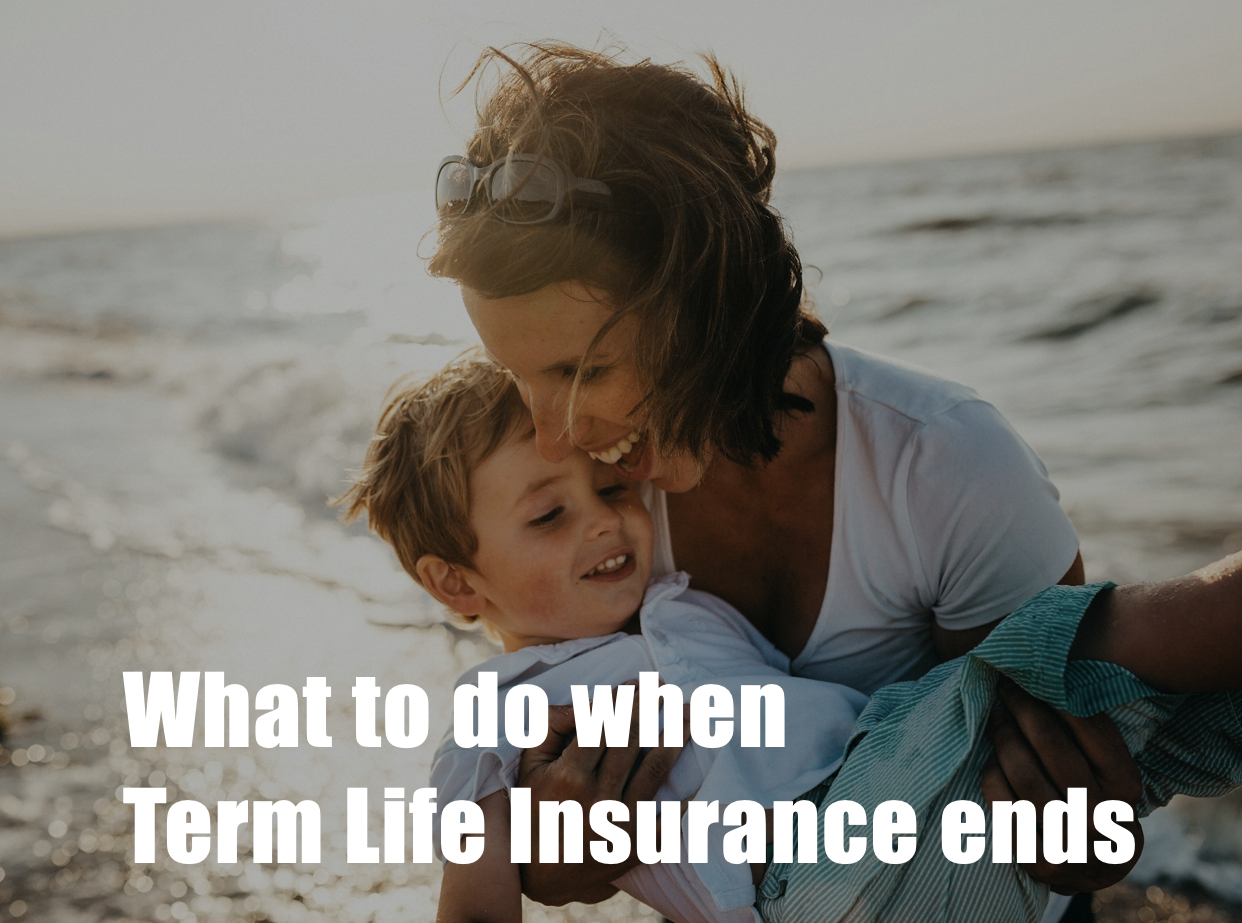Options for When Term Life Insurance Ends
Financial planners frequently observe families hastily purchasing term life insurance when their children are very young, only to later question their next steps as the term concludes.
Term 10 or Term 20 life insurance policies offer a cost-effective solution for individuals seeking coverage without the burden of high premiums. These policies are particularly appealing to younger couples and parents in the early stages of their careers, who might be earning less and facing substantial mortgage debts.
As the insurance term ends, individuals need to reassess their health, financial situation, and dependency status to decide on the necessary coverage level and seek the most favorable rates from insurers. Oftentimes people might opt to terminate their life insurance if it becomes unnecessary, reallocating financial resources towards investment, savings, or debt reduction, depending on their financial goals and circumstances.
Deciding on the appropriate coverage entails evaluating ongoing financial obligations, such as mortgages, debts, plans for expanding the family, and any health conditions that could influence insurance premiums. Other financial planners advise clients to also consider the extent of life insurance coverage provided by their employer’s group benefits package. Often, individuals choose to maintain some level of life insurance, albeit less than initially needed, based on a reassessment of their requirements.
Many insurers facilitate automatic term life renewals, beneficial for those in poorer health since it doesn’t require a medical assessment. However, that renewal can lead to a substantial premium increase, which may deter some people. For those in good health, consulting with an advisor to explore the best rates is advisable, underscoring the importance of market comparison.
Permanent life insurance, another option, offers lifelong coverage and includes a savings component, irrespective of health changes. Distinguished by its higher cost compared to term insurance, permanent insurance is available in whole life and universal life variants, each with distinct benefits and investment potential.
Given the significant cost difference, some financial planners note that Canadians who are price-sensitive or have considerable debt may find permanent insurance less appealing. It might make sense to buy permanent insurance as early as possible and reducing premiums through term riders can make this option more accessible, offering a blend of both insurance types.
In summary, while circumstances vary, ensuring some level of insurance coverage is generally advisable for those reliant on their income.


